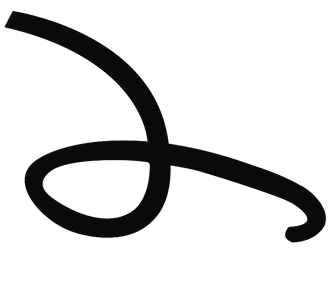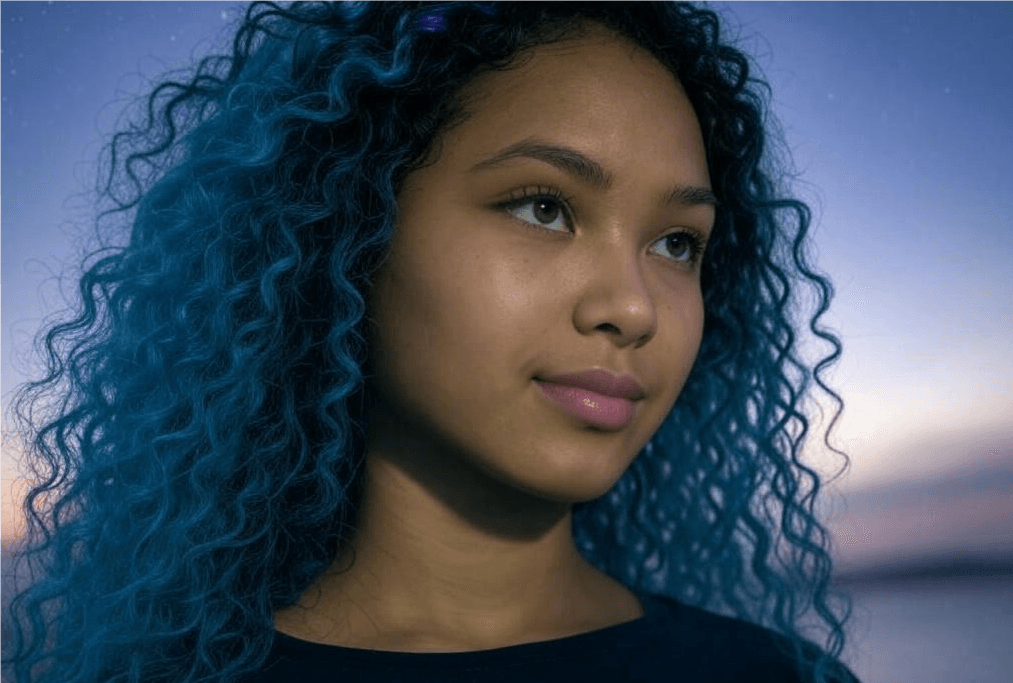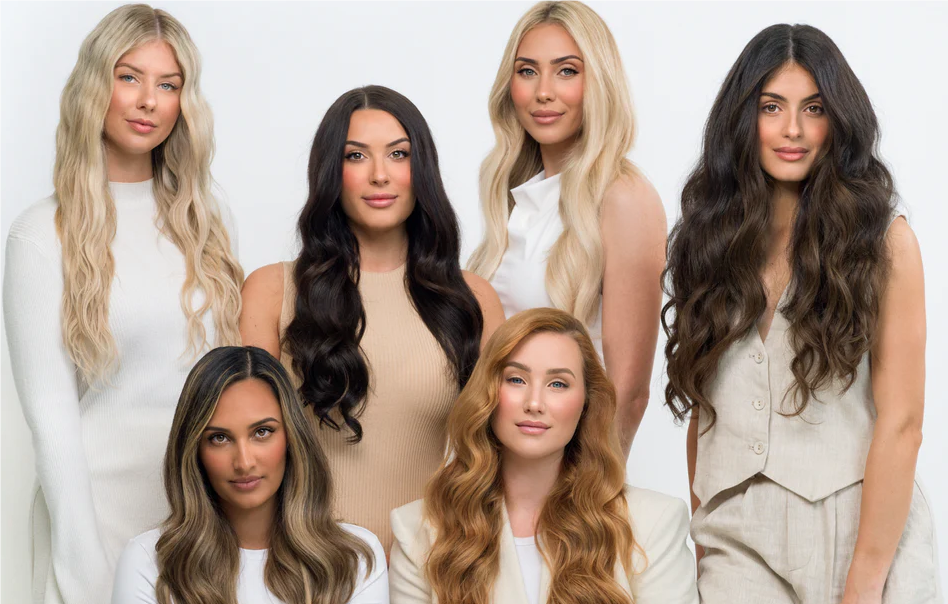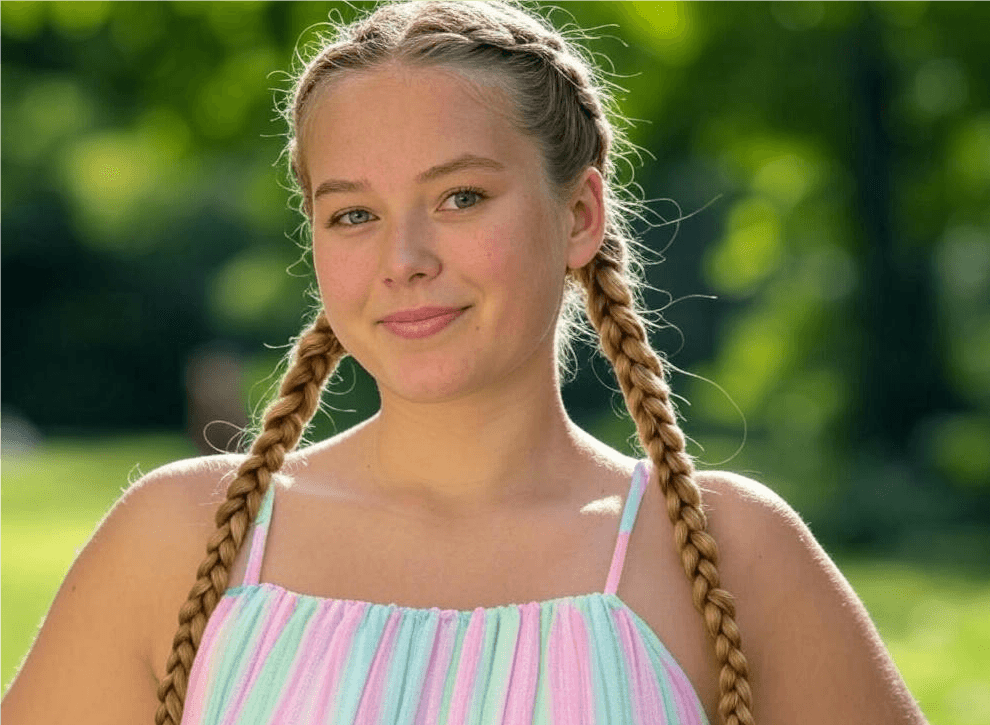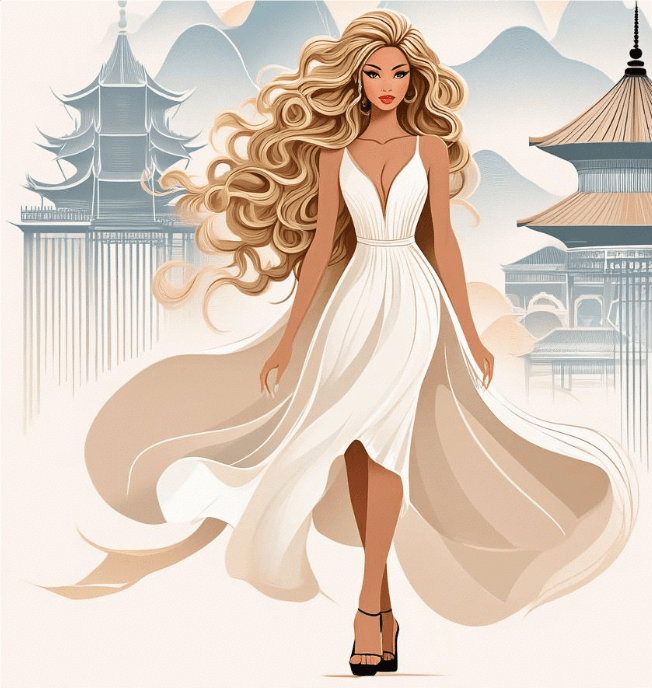The Future of the Mongolian Ponytail in a Changing World
The Future of the Mongolian Ponytail in a Changing World
The Mongolian ponytail, a traditional hairstyle that has roots deeply embedded in Mongolian culture, has seen a resurgence in popularity over the years. This unique and elegant hairstyle, which is known for its volume, twists, and intricate braids, carries cultural significance while offering a distinct, beautiful look. As we move further into the 21st century, the world around us is rapidly changing, and so is the way we approach fashion and hairstyles. The Mongolian ponytail, once a symbol of cultural heritage, is now at the intersection of tradition and modernity. But what does the future hold for this iconic hairstyle in an ever-evolving world?

The Cultural Significance of the Mongolian Ponytail
To understand the future of the Mongolian ponytail, it's important to first appreciate its cultural roots. Traditionally, the Mongolian ponytail was more than just a hairstyle—it was a symbol of beauty, strength, and unity. In Mongolian culture, the ponytail was often worn by young girls as a rite of passage and a sign of adulthood. The style was also used for practical reasons, helping keep hair out of the way while riding horses, a central activity in Mongolian society.

The ponytail has evolved over time, incorporating elements like braids, twists, and decorative accessories such as beads or ribbons. Today, it is still associated with Mongolian pride and identity, particularly in rural areas where cultural traditions are more deeply preserved. In urban settings, however, the Mongolian ponytail has taken on new meanings, serving as a symbol of fashion, creativity, and individuality.
The Rise of Globalization and the Influence of Social Media
In today’s interconnected world, traditional hairstyles are no longer confined to specific regions or cultures. With the advent of social media platforms like Instagram, TikTok, and YouTube, fashion trends spread faster than ever before. People from all over the world are discovering and embracing different cultures, and the Mongolian ponytail is no exception.

Influencers and fashion enthusiasts are showcasing their versions of the Mongolian ponytail, often incorporating contemporary elements like colorful hair extensions or sleek, modern twists. This global exposure has sparked a renewed interest in the style, allowing it to be adapted and reinterpreted by people from diverse backgrounds. As more people experiment with this hairstyle, the Mongolian ponytail becomes a symbol not just of Mongolian heritage, but of cross-cultural exchange and collaboration.
However, with this widespread influence comes a question: will the Mongolian ponytail lose its cultural significance as it becomes more mainstream? Some might argue that the more it is adopted and modified by people outside of Mongolia, the more it risks becoming just another trend, divorced from its historical context. Others, however, believe that such cross-cultural sharing can help preserve and celebrate the style’s origins in a modern context.
The Impact of Sustainability and Ethical Fashion
As we look to the future, one of the most significant factors influencing all aspects of fashion, including hairstyles, is the increasing demand for sustainability and ethical practices. The beauty industry has come under scrutiny for its environmental impact, from excessive use of plastic packaging to the widespread use of chemicals in hair products. The future of the Mongolian ponytail may depend on how the beauty industry evolves to meet these challenges.

For the Mongolian ponytail to thrive in a changing world, it will likely need to align with sustainable and eco-friendly beauty practices. This could mean the use of natural hair care products that are free of harmful chemicals or adopting more environmentally conscious accessories, such as biodegradable beads or organic ribbons. Furthermore, as more people turn to vegan and cruelty-free beauty products, hairstyling practices that prioritize the well-being of both individuals and the planet may gain popularity.
Another aspect of sustainability in the future of the Mongolian ponytail is the push for inclusivity and representation. As people from all walks of life embrace this style, there may be an increased emphasis on creating hair products and accessories that cater to a wide range of hair types, textures, and lengths. The beauty industry’s future will likely see more diverse offerings that help individuals create their own unique versions of the Mongolian ponytail, no matter their hair type.
Technology and Innovation in Hairstyling
The future of hairstyling is also being shaped by advancements in technology. With the rise of smart devices and AI-driven tools, we may soon see innovations that make the process of creating a Mongolian ponytail even easier and more efficient. For example, smart hairbrushes or styling tools could help individuals achieve the perfect volume and texture needed for this intricate hairstyle. Virtual styling assistants might even offer personalized tutorials, helping people learn how to create their own Mongolian ponytail with ease.

Moreover, the beauty industry is becoming increasingly tech-savvy, with online tutorials, virtual consultations, and augmented reality (AR) apps that allow users to try on different hairstyles virtually. This technology can make it easier for people from all over the world to experiment with the Mongolian ponytail and other cultural hairstyles before committing to them in real life. The future of hairstyling will be one where technology and tradition merge, helping individuals stay connected to their roots while embracing new possibilities.
Fashion and Individuality
As we continue to move toward a world that celebrates individuality and self-expression, the future of the Mongolian ponytail will likely evolve into something that reflects personal style and creativity. With its versatility, the Mongolian ponytail can easily be adapted to suit a wide range of aesthetics, from the minimalist and sleek to the bold and colorful.
For example, individuals might incorporate unique twists on the Mongolian ponytail by using vibrant hair colors, futuristic accessories, or innovative techniques like heatless curls or eco-friendly hair extensions. As people continue to push the boundaries of traditional beauty standards, the Mongolian ponytail will likely become a canvas for personal expression, allowing individuals to make the style their own.

The rise of custom beauty products, such as personalized haircare lines and one-of-a-kind accessories, will also play a role in the evolution of the Mongolian ponytail. As more people seek bespoke, tailor-made options, the traditional Mongolian ponytail might take on a new, more personalized form, reflecting the changing nature of beauty in the modern world.
Conclusion
The future of the Mongolian ponytail in a changing world is one filled with both challenges and opportunities. While its cultural roots remain deeply significant, the hairstyle’s journey into the global spotlight has opened up new possibilities for innovation, creativity, and inclusivity. As we move into a future that values sustainability, diversity, and self-expression, the Mongolian ponytail is poised to remain a relevant and evolving symbol of beauty. Whether as a traditional representation of heritage or a modern expression of individuality, the Mongolian ponytail is likely to continue captivating people around the world for generations to come.
